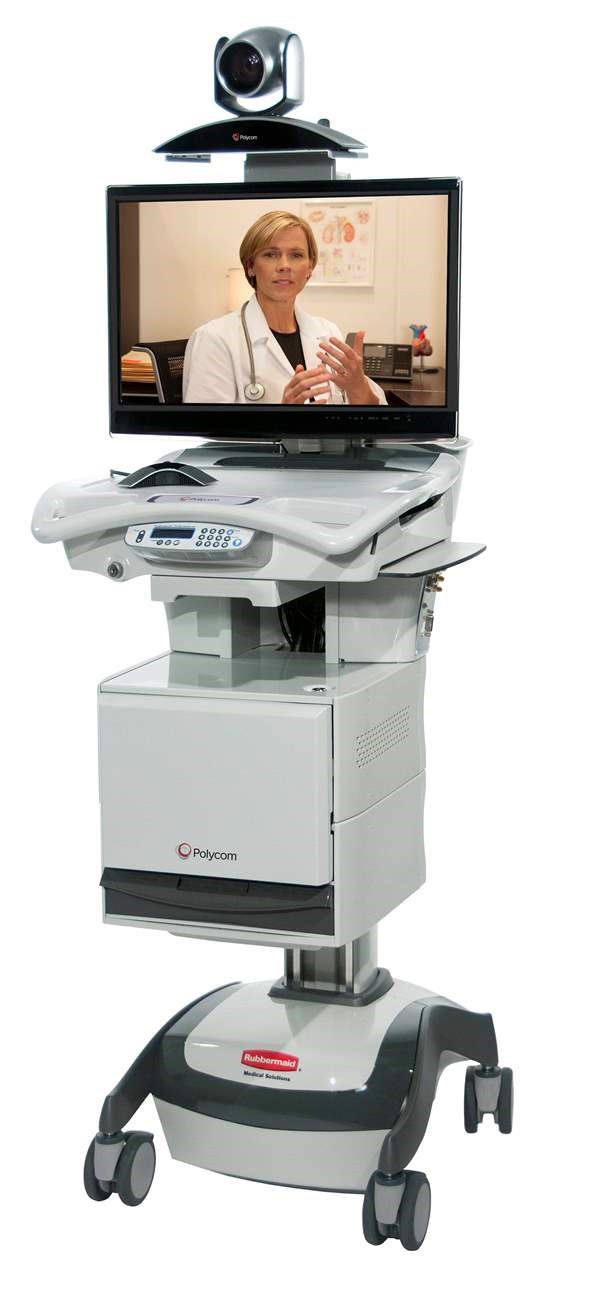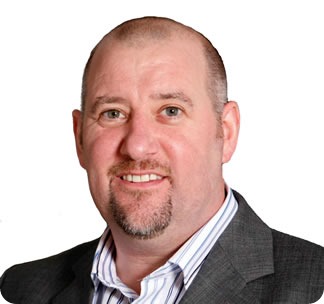How is telemedicine defined and what technologies does it include?
Telemedicine is a term used to describe the use of information technology in delivering curative or clinical care healthcare, allowing medical specialists to communicate with patients and other medical staff, regardless of their physical location.
Telemedicine enables the provision of clinical services remotely, such as accurate diagnosis and prescription of drugs for treatment, whereas telehealth is a more generic term and typically refers to non-clinical services including medical preventative care, education, administration and research.
What are the benefits of telemedicine and how do they compare to the associated risks?
Telemedicine greatly improves access to specialist care and also allows check-ups, assessments and diagnosis to be carried out remotely. This means even people living in remote areas can speak with a medical specialist based at the other side of the country relatively easily if they need to, ensuring everyone is able to access specialist care regardless of location.
This also leads to other benefits, offering major cost and time savings, as it reduces or removes the need for both medical staff and patients to travel long distances. As well as this, cutting travel time can go a long way towards reducing patients’ distress levels, further heightening the level of care they receive.
Telemedicine can also be used to provide rapid response services and clinical care to patients saving valuable time in an emergency whilst potentially reducing the number of hospital admissions. In some cases, this can also decrease the length of time required for after care, helping to minimise morbidity and morality rates caused by certain conditions.

Please can you outline the Video as a Service (VaaS) pilots Imerja has implemented in multiple hospitals around the UK?
The solution is incredibly versatile and has a large number of applications.
An example where this solution has delivered significant value to patients and care providers alike is the Cumbria and Lancashire Telestroke Network that we designed and implemented together with Virgin Media Business.
The Telestroke Network delivers an out of hours rapid response remote stroke diagnosis service. The project has been hugely successful, recently achieving international recognition as the overall winner for Public Sector in the Computer Weekly European User Awards for Networking.
As well as providing annual savings to the NHS of around £8 million, this pioneering high-definition videoconferencing service has saved numerous lives and resulted in significantly better outcomes for people suffering a stroke by enabling accurate remote patient assessment, diagnosis and timely prescription of specialist drugs.
We have also implemented a number of VaaS solutions in support of a wide range of secondary and acute patient care services across the country.
Alder Hey Hospital, one of Europe’s biggest and busiest children’s hospitals, is using VaaS in the paediatric neurology department. As there are a limited numbers of paediatric neurologists in the North West, the VaaS service is being utilised to distribute valuable niche expertise between multiple hospital sites across the region. It enables remote assessments, diagnosis and support given to patients and their families.
The technology is also proving especially useful in providing remote support to elderly nursing home residents. Blackpool’s Victoria Hospital has a dedicated speech and language therapy (SLT) department, responsible for assessing the swallowing mechanism of patients post stroke.
The VaaS solution enables specialist medical staff in this department to remotely assess patients, providing accessible care as well as a rapid response service should elderly residents experience difficultly when eating or drinking. This rapid response service has already contributed to a huge reduction in hospital admissions and over night stays.
The VaaS services is also currently being used by the renal department at the Lancashire Teaching Hospital, enabling doctors and nurses to remotely assess patients’ progress, providing invaluable support to those performing home dialysis. Use of the solution in this was gives patients much more independence and increases their quality of life significantly, while providing encouragement and support should they require it.
The Greater Manchester, Lancashire & South Cumbria Clinical Strategic Network is also using VaaS in support of traditional Multi Displinary Teams (MTDs) for the regional cancer network helping to ensure equitable access to cancer services across the region.
We are also working on deploying a Tele-Orthopaedic service using VaaS at North Cumbria University Hospitals, which will enable quick assessments by qualified orthopaedic consultants to be undertaken, as well as post-surgery assessments of recovering patients. As around 40% of all A&E cases are orthopaedic related, the implementation of this service will help to reduce impact on already over-burdened A&E departments within the region.
What feedback have you received on this service from healthcare professionals and from patients?
So far, all the feedback we have had has been incredibly positive and everyone involved has fully embraced the trials and live services – including patients, clinicians, nursing staff and hospital administrators.
The solution has been described as “simple to use”, “reliable” and “the future of the UK’s health service” by those who have trialled the VaaS solution, which is very encouraging.
At the Lancashire Teaching Hospital where the home renal care project is based from, Scott Rayner, the IT manager, said “The patients in our department have had nothing but positive things to say about the service. They feel comfortable and confident when receiving treatment and nursing staff are experiencing the benefit of having more time.”
Veronica Southern, Principle Speech and Language Therapist at Blackpool Victoria Hospital, said the VaaS solution “offers great diagnostic clarity through high quality video and audio links complete with pan, tilt and zoom capability.”
She also said that “hospital visits are often distressing for elderly patients but with telehealth technology we’re able to provide timely support and high levels of care, whilst reducing hospital admissions and time-consuming home visits”.
What hurdles still need to be overcome in order to see a wider uptake of telemedicine?
The main hurdle is confidence. It is usual for people to be cautious of new technological innovations at first, especially in the healthcare sector. But when more hospitals gain the confidence to trial in the service, we have no doubt that it will roll out nationally.
Another hurdle for some health organisations may be the cost of the initial deployment of the service, particularly when specialist Practitioner Carts are required to enable the service within a busy A&E department or hospital ward. However, the benefits significantly out weight the costs after a relatively short length of time providing a rapid return on investment.
How do you think technological advancements will impact telemedicine going forwards?
I think that technological advances and innovation will continue to surprise us as we move forwards, and by harnessing these new enablers in the right way, I’m confident they will have a positive impact on telemedicine.
With these advances will no doubt come great potential for more widespread developments in telehealth solutions. Advances such as 3D television, wearable health technologies and even more advanced mobile devices could have a number of applications for use in combination with telehealth solutions, and could therefore greatly facilitate the provision of care in the near future.
A word of warning though, it’s not just about the next new technology, what is crucial is how it is deployed, supported and maintained. End users of what will become tomorrows invaluable technologies must have confidence that the technology will work, something that is only possible with pro-active monitoring and remote management by a specialist service provider.
What are Imerja’s plans for the future?
We are looking to introduce more hospitals and health organisations to the VaaS service, trialling the scheme across the country and in a variety of acute and secondary care areas where we believe it can add significant value.
In addition, we are looking to enhance the service to allow access from the home. This will enable remote consultations from GP’s and health care providers and offer greater mobile access, allowing live video and audio to be streamed from ambulances and major incidents.
Hopefully, more health organisations will become comfortable with new technological solutions in the near future and will realise the extensive sustainable benefits of the service.
Where can readers find more information?
Details of case studies of the current VaaS projects are available on our website, www.imerja.com. If any readers would like to speak with one of our technical specialists, they can call us on 0844 225 2888.
About Ian Jackson
 Ian Jackson is the Co-founder and Managing Director of IT Service Provider Imerja Limited. Imerja is an innovator and thought leader in the delivery of IT infrastructure, security and mobility services to the public and private sectors with demonstrable experience in the delivery of complex infrastructure, security and telemedicine services.
Ian Jackson is the Co-founder and Managing Director of IT Service Provider Imerja Limited. Imerja is an innovator and thought leader in the delivery of IT infrastructure, security and mobility services to the public and private sectors with demonstrable experience in the delivery of complex infrastructure, security and telemedicine services.